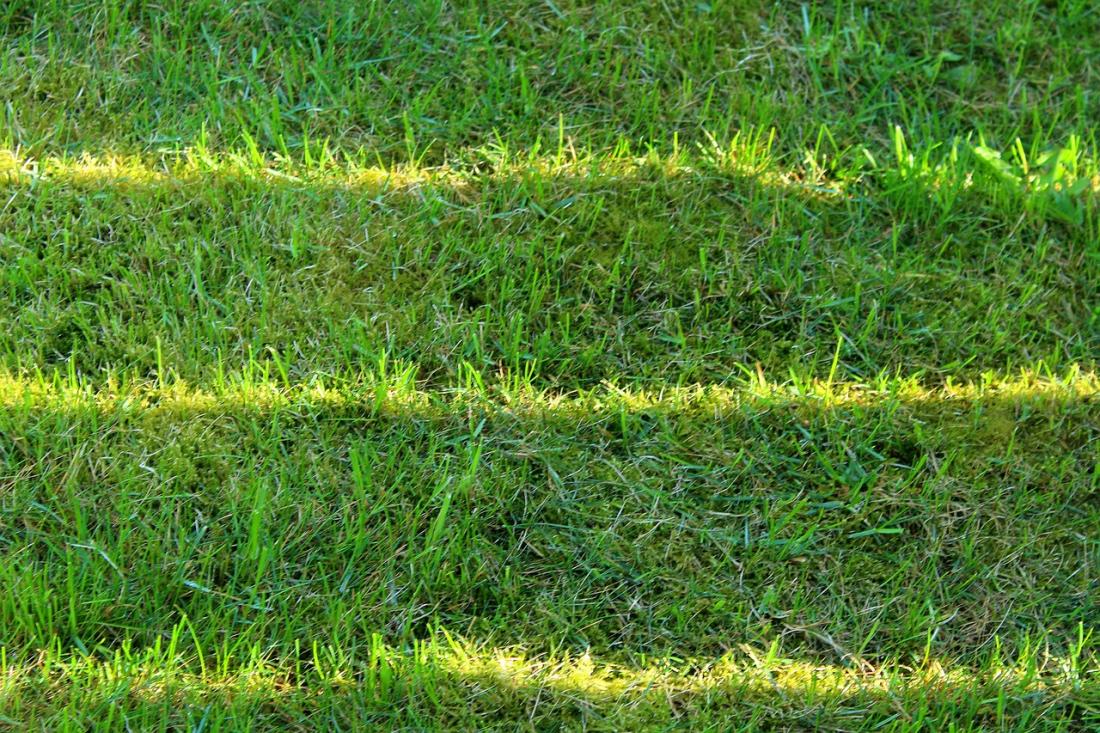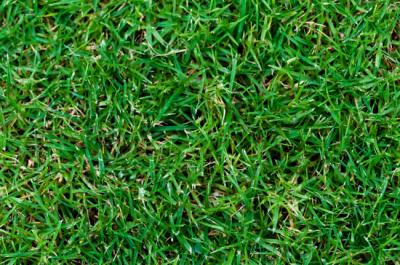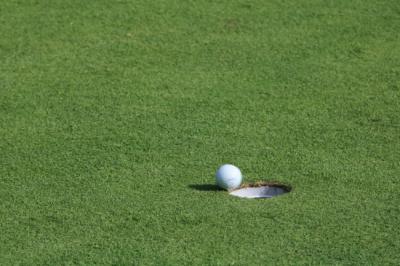A lawn made of Zeon zoysia grass has greater turf density, acting as a natural weed barrier. Zoysia grass may tolerate shade better than other warm-season grasses like Bermuda. Numerous cultivars of Zoysia Grass are available, with textures ranging from fine to medium. A brief list of some of the more popular kinds is provided below:
- Zeon Zoysia: a grass with increased shade and drought resistance, which has a fine texture.
- Meyer Zoysia: is a cultivar with a medium texture. It may resemble fescue from a distance, with the exception of the course of the cooler months when it becomes dormant (unlike Bermuda grass, Zoysia never goes completely dormant).
- El Toro Zoysia: is a more recent type that resembles Meyer Zoysia but grows faster and retains cool weather better.
- Emerald Zoysia Grass: is grass with exceptionally fine texture. It might be kept at a low height so that it seems like a putting green.
Instructions for Proper Care
Sunlight
A healthy Zeon zoysia lawn depends heavily on exposure to sunlight. As a warm-season grass, zoysia falls within this category. Sufficient sunlight is needed for it to function properly. Some plants can withstand a little less direct sunshine, but they won't be able to grow as quickly. It is possible for Zoysia grass to thin even in regions that would otherwise be considered full sun. There is no such thing as too much sun when it comes to Zoysia, with a few notable exceptions.
Watering
Zoysia grass needs around an inch of water a week while it's out of dormancy (green and growing). Zoysia may require up to two inches of water each week when it's extremely hot. Zoysia grass can fall dormant in times of acute drought.
Consider dormancy as a form of hibernation. It's a means of escaping danger. Many people mistakenly believe their grass has perished, which is not the case. Zeon zoysia grass will restart growth with sufficient rainfall or water, assuming that this occurs during the warmer months. Ensure that the soil is well-drained. A Zeon Zoysia patch fungus can be exacerbated by wetness and humidity, making standing water particularly hazardous to your Zoysia grass. Standing water can be reduced by addressing drainage concerns. This is how you green up zoysia grass.
Compacted soil can benefit from core aeration. Remember that deep, infrequent irrigation is preferable to superficial, frequent watering. The tuna-can method works well for estimating an inch of water. Fill a tuna can with water and place it in an irrigation zone. Look at how long it takes for the can to fill up with water. You know how long it takes to get 1 inch of water out of the irrigation system. Watering or irrigating your grass at the right time is critical! Early morning irrigation is preferable to late irrigation. There is a greater risk of fungal illnesses if irrigation is done in the evening.
Mowing
The ideal height for your Zoysia lawn is somewhere between .75" and 1.5". It's possible to keep some of the wider blade kinds a little taller as they become older. Only about a third of the grass blade should be eliminated in a single trimming if you want to keep the lawn healthy. Always use a well-maintained, razor-sharp blade.
A clean cut is impossible with a dull blade since it shreds the grass blade instead. Besides turning the tips brown, this creates an opening for viruses. The dense Zeon Zoysia turf and its vulnerability to Zoysia patch fungus necessitate the need for a sharp blade.
Weed Control
Summer weeds and winter weeds can be found in the Southeast United States, which is a blessing. Winter weeds like perennial bluegrass and henbit can be just as unpleasant as summer weeds like crabgrass and dandelions, which most people are familiar with.
Crabgrass and annual bluegrass can displace Zeon Zoysia grass, stealing important nutrients from your lawn, and making them extremely difficult to deal with. These weeds are hard to get rid of after they've established themselves. Even though Zoysia's dense growth acts as a natural barrier against weeds, the area is far from "weed-free." To do this, we apply four rounds of pre-emergent (weed prevention) applications each year. Two in the spring, and two in the fall. They prevent weed seeds from rooting in the soil and are effective against many weeds.
Lawns that have recently been sown need to be treated with a particular pre-emergent to prevent weed seeds from sprouting. Except for grassy weeds and new seeds, this pre-emergent does not protect against as many weeds as other options. If you don't have the proper license, you can't use this product.
Despite our best efforts, we cannot eradicate all weeds. Since Atlanta Sod treat your lawn, they'll take care of any weeds already there. It's known as post-emergence weed control. Read and adhere to all product directions if you decide to oversee weed control!
Concerning post-emergent weed control, please be extremely vigilant. It is important to keep in mind that Zoysia is a perennial. Inappropriate herbicide application can harm it at any time of year.
Conclusion
Zeon Zoysia, Meyer, El-Toro, and emerald zoysia grass compete head-to-head and cater to the individual interests of their users; therefore, there is no apparent winner in this tug of war. Your mornings will always smell nicer, and barefoot romping on these turfs will always be more delightful, thanks to their low-maintenance, highly resilient, and smooth nature. Since both of these options cater to the demands of consumers, you can choose either one.
Atlanta Sod Farms can help you make your gardens greener and your mornings brighter. If you want to know more about Zeon Zoysia, give us a call at (404) 631-7610.






